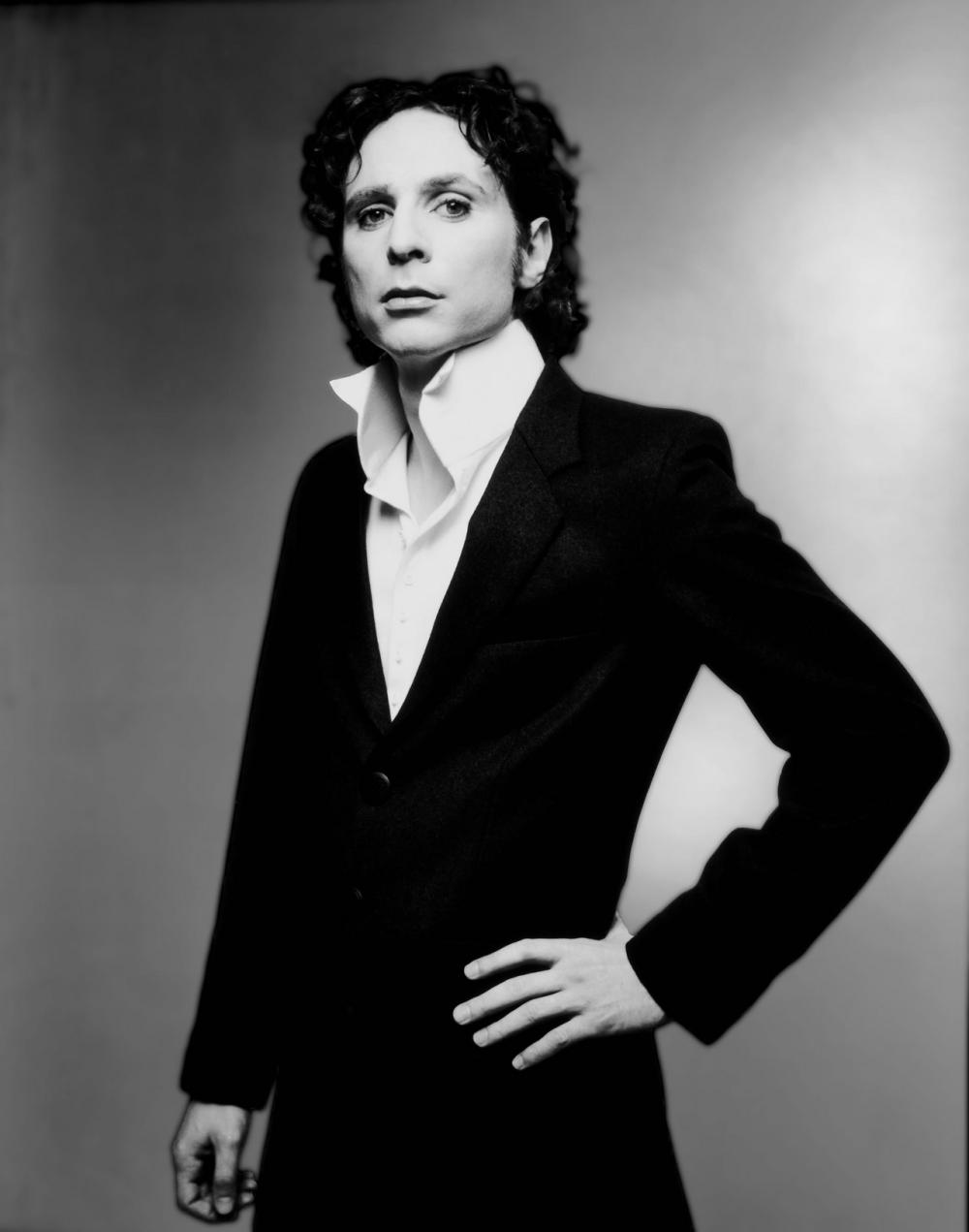Le comeback de Jean-Baptiste
The double life of a singing prodigy
Wayn Traub’s new production Le Comeback de Jean-Baptiste is a spin-off from his Wayn Wash trilogy. The first two parts, Maria Dolores (2002) and Jean-Baptiste (2004) were both on at the Kaaitheater. After its world premiere at the Théâtre de la Ville in Paris on 10th March this year, the first performances of Le Comeback de Jean-Baptiste in this country will be at the Klara Flanders Festival. It is performed in French and English and there are Dutch and French surtitles.
In the late nineties the Flemish theatre all-rounder Wayn Traub published his Manifesto for Animal Theatre. Since then it has been the thread running through the creation of his many-layered, multidisciplinary productions. He wrote that theatre is a metamorphosis, a liberation, the sacrifice of oneself, dying in order to be able to start anew from nothing. He sees his work as a theatre-maker as a mission, a vocation. The world he creates on stage using film, music, opera, dance and drama is in fact religiously inspired. In his world, the mediaeval mystery play, the Christian ritual and the Bible story form a basic structure to which a great many other cultural elements attach themselves, such as a gothic iconography, baroque juxtaposition and a set permeated with kitsch. Traub is a master at interweaving these various influences and several narrative threads to create a labyrinthine performance in which he tries to keep all the disciplines in balance. His pieces are always about the mystical marriage between love and death, the quest for truth, surrender and the all-embracing show of which Wagner probably dreamed.
Le Comeback de Jean-Baptiste probably owes more to the sacral atmosphere than those parts of the trilogy we have already seen: the set depicts a church rather than a concert platform, the place where the mysterious singer Jean-Baptiste celebrates his comeback. The forestage is occupied by the actors and singer, surrounded by four scratchers (left) and the Beethoven Academie (right). An ambiguous spectacle takes place here. Ambiguous because on the one hand the ‘action’ shows a ritual and on the other refers to the codes underlying a concert event.
This lyrical drama is performed by Wayn Traub himself as Jean-Baptiste, the singer Simonne Moesen as the manager of Jean-Baptiste, and the actor Paul Bandey as the monk who raised Jean-Baptiste.
The fourth important character is the conductor Hervé Niquet: the task that awaits him is the creation of a fusion between the twenty instrumentalists and the four scratchers. The music is a joint creation by the composer Wim De Wilde and the Birdy Nam Nam scratch quartet. Wim De Wilde has composed music for previous Wayn Traub productions and also wrote (a.o.) the music for the film Manneken Pis and the TV series Terug naar Oosterdonk. The Birdy Nam Nam collective combines dexterity with musicality and incorporates influences from hip hop, electro, jazz and rock into his music.
The instrumental music in this production looks back to the tradition of the French chansonniers of the fifties: one hears the influence of Jacques Brel, Edith Piaf and Leo Ferré, and also the eighteenth-century castrato singer Farinelli.
As he himself wrote, Wayn Traub’s intention in this piece and in the story of Jean-Baptiste is to link together the work of some extremely diverse people: Antonin Artaud with Jacques Brel, Joseph Beuys with Bono, Peter Brook with Serge Gainsbourg, Mary Magdalene with Edith Piaf and the madonna with Madonna.
concept, chorégraphie, mise en scène Wayn Traub
scénario & texte Wayn Traub & Simonne Moesen
texte anglais Simonne Moesen
musique Birdy Nam Nam & Wim De Wilde
arrangements Bob Porter & Wim De Wilde
réalisation Beethoven Academie & Birdy Nam Nam
chef d'orchestre Hervé Niquet
jeu Simonne Moesen, Wayn Traub, Paul Bandey
voix Jean-Benoît Ugeux & Anne-Marie Loop
scénographie Fredy Porras, Wayn Traub & Martin Baarda
costumes Vanessa Evrard, Wayn Traub & Ilse Vandenbussche
coproduction Het Toneelhuis (Anvers), Emilie Blezat (Sciapode-Paris), Théâtre de la Ville (Paris), Beethoven Academie (Malines), Festival Van Vlaanderen (Gand), KlaraFestival Van Vlaanderen (Bruxelles), SACD, SPEDIDAM
en collaboration avec Kaaitheater (Bruxelles) & NTGent (Gand)
présentation Klarafestival van Vlaanderen & Kaaitheater
